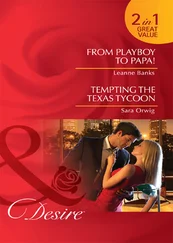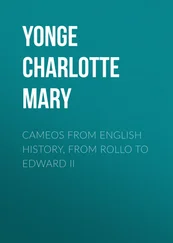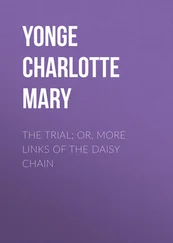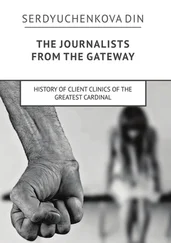A thought-provoking way of appreciating the significance of 1215 is offered by Lewis Carroll’s Alice’s Adventures in Wonderland. As any once well-read child will recall, the tale concludes with a trial at which the Knave of Hearts is accused of stealing the Queen’s tarts on a summer’s day and making good his escape. After witnesses testify that jam tarts are made of pepper and accuse the Knave of failing to sign a poem that he did not write, the proceedings culminate in a moment of high drama. The Red Queen, responding to her husband’s suggestion that the jurors consider their verdict, splenetically insists that he has it backwards. ‘Sentence first –,’ she screams, ‘verdict afterwards!’ The merest infant knows that she is in fact the one who is wrong; Alice herself is so exasperated by the illogic that she brings down the house of cards, and wakes from Wonderland to boot. But there are many times and places where the distinction between sentence and verdict has been far less clear.
Wrongdoing in non-Western cultures has often been tackled by rituals that have assumed guilt as much as they have investigated it. Among nineteenth-century Angolans, to take just one example, the fact that a woman was eaten by an alligator while her two companions survived could be regarded as a sure sign of sorcery, and a hearing might be held simply to establish which of the survivors had worked the magic. The pre-modern Western world blurred the distinction between investigation and verdict even more comprehensively. Ordeals and compurgation combined them into a single ritual that operated as much to discover if a wrong had occurred as to establish a suspect’s responsibility for it. The idea of distinguishing the two issues was so alien to Dark Age thinking that lawyers had not even possessed a term to describe the process of weighing up evidence: the only one in use was probatio , or proof. But in the mid 1200s the word triatio entered the legal vocabulary of Christian Europe for the first time. Whereas the Dark Ages had tackled mischief with magic, through pleadings that clashed like mighty spells and rites that unlocked the secret will of God, the Western world had recovered the option of holding an inquiry.
The new faith in human scrutiny would also encourage tremendously significant developments in the field of moral philosophy, and few thinkers were more seminal than a pensive fellow called Anselm, sometime Archbishop of Canterbury. In the 1090s, he set to wondering why God had thought it important to manifest Himself in human form. As his inquiries proceeded, he found himself puzzled how it was that humanity could be absolved for murdering Jesus – for although crucifying the Messiah seemed a conclusively evil thing to do, Jesus himself had asked that his killers be forgiven. Anselm, committed like any good eleventhcentury scholar to the principle that there was a reason for everything, pondered the text until he realized that the answer was staring him in the face. Christ himself had argued from the cross that his killers deserved mercy ‘for they know not what they do’. Although the plea is a reminder that God the Father had regularly exhibited a more draconian stance, the insight set great chains of reasoning rattling through Anselm’s mind. ‘Had they known it, they would never have crucified the Lord’, he mused, before explaining that, ‘A sin knowingly committed and a sin done ignorantly are so different that an evil…may be pardonable when done in ignorance.’
The belief that people deserved condemnation only if they understood what they were doing was not new. Adam and Eve had established the moral relevance of knowledge, and peoples from the Babylonians onwards had taken the view that intentional wrongs were at least sometimes more enormous than accidental ones. Coming at the end of the Dark Ages, Anselm’s distinction between sins deliberate and ignorant was, however, a radical reassertion of the importance of choice. Thinkers around the continent would soon follow his lead, and the consequences would be far-reaching. Theologians would build on it to develop a concept known as the canonical theory of culpability, which held that guilt depended on a sinner’s state of mind. Lawyers would then argue on the same basis that justice demanded not just an inquiry, but one that could establish what a person thought.
All the changes, like Innocent III’s abandonment of fire and water ordeals, were the product of a tide rather than a tsunami, and their impact on Europe’s judicial systems would be correspondingly gradual. Compurgation would linger for several hundred more years as a way of resolving some civil disputes. The belief that God watched over criminal justice would see suspected witches swum in water four centuries after 1215, while trial by battle remained a legal option in England until 1819. The ordeal of the bier, whereby accused murderers touched their supposed victims and faced condemnation if the corpse bled anew, was arguably most tenacious of all. It was last seen in 1869, when two hundred people were paraded past two bodies in Lebanon, Illinois, in the hope that the cadavers – or, perhaps, the killer’s own sense of guilt – would identify the murderer.
The response to Innocent’s ruling would, however, be both profound and permanent. As Chapter 3 will show, judges on the small island of Britain would simply adapt the old oath-taking rituals and make jurors out of conjurors. On the continent the revival of rationalism and Roman law would lead to root-and-branch renewal of the law. Innocent III had already approved a ruthless model for judicial reform, based on God’s activities at Sodom and Gomorrah. The once imponderable power to judge right and wrong was being arrogated on behalf of lawyers, on the assumption that sufficiently rigorous intellectual inquiry would produce both truth and justice. In an age when evidence and intention were becoming increasingly important, those lawyers would formulate techniques capable of examining not only what people had done, but also what they had thought. Defendants had been tormented by conscience at least since the time of Socrates, but the idea that judges too could explore the secrets of the criminal heart represented an unprecedented extension of official power. The Inquisition was dawning.
‘My position is becoming more and more difficult.’ ‘You are misinterpreting the facts of the case’, said the priest. ‘The verdict is not so suddenly arrived at, the proceedings only gradually merge into the verdict.’ ‘So that’s how it is’, said K., letting his head sink.
FRANZ KAFKA, The Trial
The disappearance of ordeals created a legal vacuum, but within two decades the papacy that had abandoned them was rushing to fill it. Justice had previously rested on a belief, common to all participants, that the performance of certain rituals would automatically unlock the judgments of God; but the powers to inquire and judge would now be placed firmly in the hands of human officials. In the name of stamping out heresy, the Church also invented ways to explore the minds of those it suspected. At a time when scholars were reasserting a link between the state of those minds and sinfulness, wrongdoers would be made to internalize the reasons for their condemnation and to display in public their obedience to the rules. Communities had expected submission from criminals since the time of Socrates, but willing degradation would now attain a status that it had never previously possessed. The confession was born from the Church’s war on heresy – but lawyers soon fetishized it as a mark of official power, and developed techniques to extract it that would outlast by centuries the threat that they were theoretically intended to meet.
Читать дальше
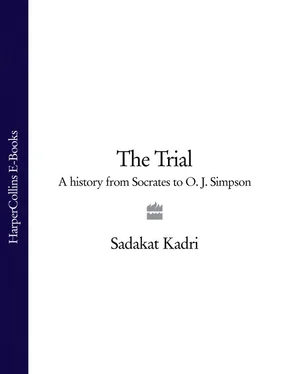
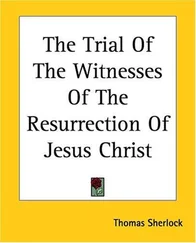
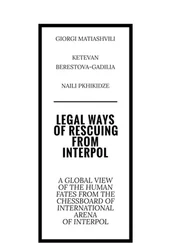
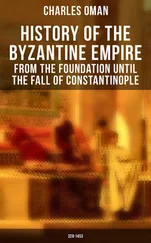
![Theresa Cheung - The Dream Dictionary from A to Z [Revised edition] - The Ultimate A–Z to Interpret the Secrets of Your Dreams](/books/692092/theresa-cheung-the-dream-dictionary-from-a-to-z-r-thumb.webp)
